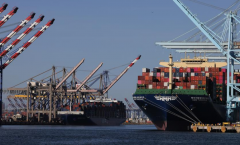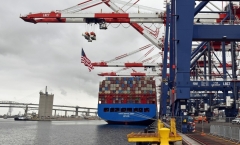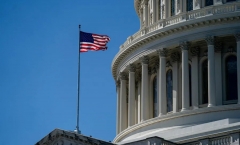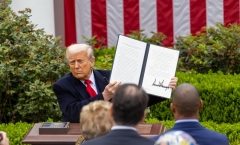Navigate the Pacific
Trump-Xi Summit Helps Put U.S.-China Relationship Back on Track
Sowing the Wind, Reaping the Whirlwind: America’s Soybean Reckoning?
The U.S. soybean dilemma highlights a harsh truth in global trade: Unilateralism and tariff wars are counterproductive. By continuing to favor coercion over cooperation, the United States may find itself increasingly alone in the global marketplace.
Washington’s Misguided War on Chinese Shipbuilding
Until Washington stops confusing nationalism with strategy, it will keep losing ground not to China, but to itself.
The U.S. Shipbuilding Push and Its Potential Global Price Tag
At this critical moment, what we need is not more port fees and countermeasures, but more rationality—and restraint.
Pragmatic & Positive: Beyond Grand Narratives
The essence of China-U.S. economic and trade relations is mutual benefit and win-win cooperation, underpinned by broad opportunities and shared interests.
Understanding the Global Governance Initiative
True global governance is not governance by the U.S. or the West, but by all countries, especially the Global South, which accounts for 80 percent of the world’s population, acting collectively to address global challenges.
Peace or War? China and the U.S. on Divergent Paths
It is widely understood in China that without peace, none of China’s achievements in poverty alleviation, high-technology, infrastructure development, ecological restoration, global cooperation and modernization would have been possible.
The Weaponization of Infrastructure
More likely, we’re heading toward a fragmented world: one centered on the U.S. that excludes Chinese participation in ‘trusted networks,’ and another more inclusive system embracing developing countries.
The Forgotten Allies of the World Anti-Fascist War
To remember that fascism was defeated by cooperation, not rivalry. And to see that the lesson of the past is not to prepare for endless confrontation, but to rediscover the possibility of partnership—before history repeats itself in even darker ways.
Reciprocal Respect Over Rivalry
The move toward multipolarity, driven by China’s rise, creates a more balanced and potentially harmonious world order, challenging the zero-sum logic that has defined Western hegemony.
The Trap of Truce
The vitality of global commerce lies in mutual benefit, not zero-sum competition; the foundation of the international order rests on adherence to rules, not raw power.
Whose Soft Power Is More Powerful?
Beijing is gradually but steadily succeeding in the vital soft power competition.
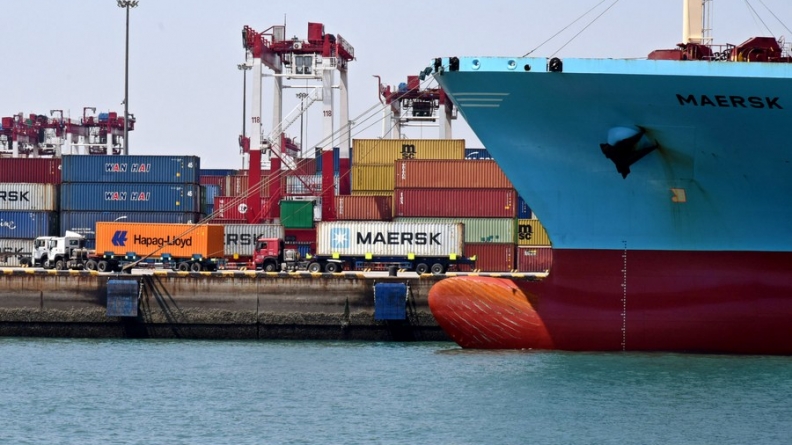
 Facebook
Facebook
 Twitter
Twitter
 Linkedin
Linkedin
 Google +
Google +


